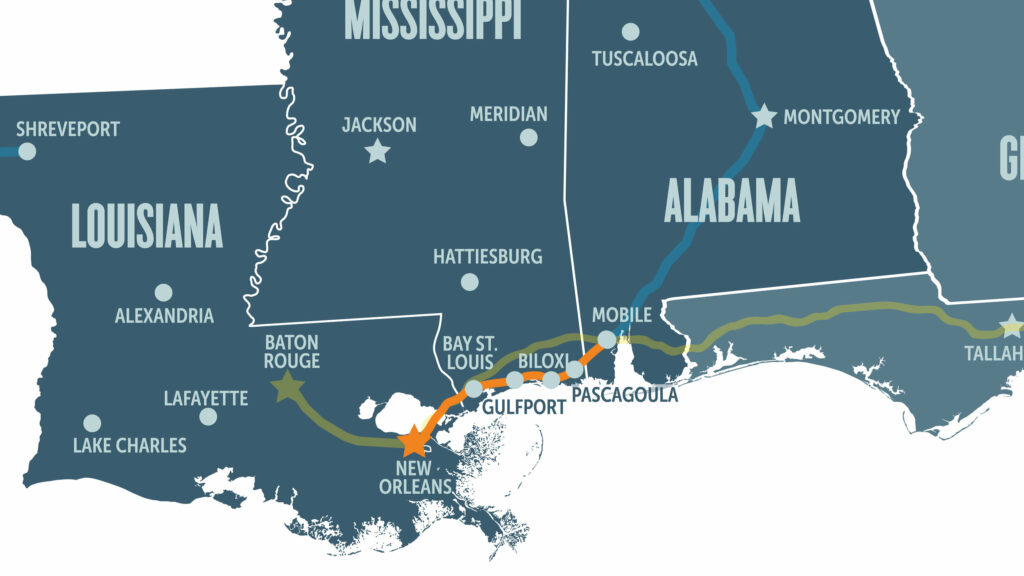
Transit and TIGER funding preserved in compromise spending bill
Leading negotiators in the House and Senate released a compromise spending bill to fund the U.S. Department of Transportation, alongside several other departments, through the end of the current fiscal year in September 2012. The measure is known as a “minibus” because it collapses several appropriations bills into one package,
The conference agreement between the two chambers preserves funding for transit and the innovative TIGER grants program, while zeroing out high-speed rail. The Federal Transit Administration is provided a total of $10.608 billion. Amtrak, with $466 million for operating and $952 million for capital, would be funded at a level lower than what the Senate requested but higher than the House-proposed amount. But Amtrak did receive more capital funding than either the House or Senate originally proposed.
$500 million for TIGER constitutes a 5.1 percent cut from current levels, but is a significant improvement over the House proposal to eliminate the program entirely. Every round of grant applications for TIGER has yielded far more interest from communities that USDOT has been able to accommodate, and the program rewards projects that meet local needs. Streetsblog is reporting that the third round of TIGER applications outstrips the available grant amount by 27 to 1.
The New Starts program receives $1.95 billion. New Starts is a key funding source for transit projects across the country, particularly in large metropolitan areas. The WMATA transit system in Washington, DC gets $150 million.
Traditional highway funding under the Federal Highway Administration is funded slightly below current levels, with $39.143 billion.
In a disappointing move, negotiators did not include funding for Partnership for Sustainable Communities grants. The partnership is a joint venture between USDOT, the Department of Housing and Urban Development and the U.S. Environmental Protection Agency. While no new grants will be awarded under this agreement, the office will remain open and negotiators notably refused to include House-proposed language that would have disallowed the three departments from working collaboratively.
Both chambers will need to pass the “minibus” agreement by Friday to avoid a government shutdown. With bipartisan sign-off on these funding levels, passage is almost assured.
Check out the chart below, which compares the 2010 budget, 2011 budget and the House/Senate proposals that got us to the proposed 2012 budget.
Federal Transportation, Housing and Urban Development Budget: Highlighted transportation and sustainable communities programs.
| Program | 2010 Budget | 2011 Budget | House 2012 Proposal | Senate 2012 Proposal | Final 2012 Budget | Difference: 2012 vs 2011 |
| Federal-Aid Highways | ~$42B | $41.1B | $27.7B | $41.1 B (FY 2011 enacted) | $39.14 B (equal to MAP-21) | —$2.B |
| Transit Formula Grants | ~$8.3B | $8.34B | $5.2 | $8.36B | $8.36 B | +$20M |
| High Speed Rail | $2.5B | $0 | $0 | $100M | $0 | — |
| TIGER | $600M | $527M | $0 | $550M | $500M | —$27M |
| Partnership for Sustainable Communities Grants | $150M | $100M | $0 | $90M | $0 | —$100M |
| Amtrak Capital | $1.002B | $922M | $898M | $937M | $952M | +30M |
| Amtrak Operating | $563M | $562M | $227M | $544M | 466M | —$97M |
| Transit ‘New Starts’ | $2.0B | $1.6B | $1.55B | $1.955B | $1.955B | +$355M |
| TIGGER (energy efficiency grants for transit agencies) | $75M | $50M | $0M | $25M | $0 | —$50M |



